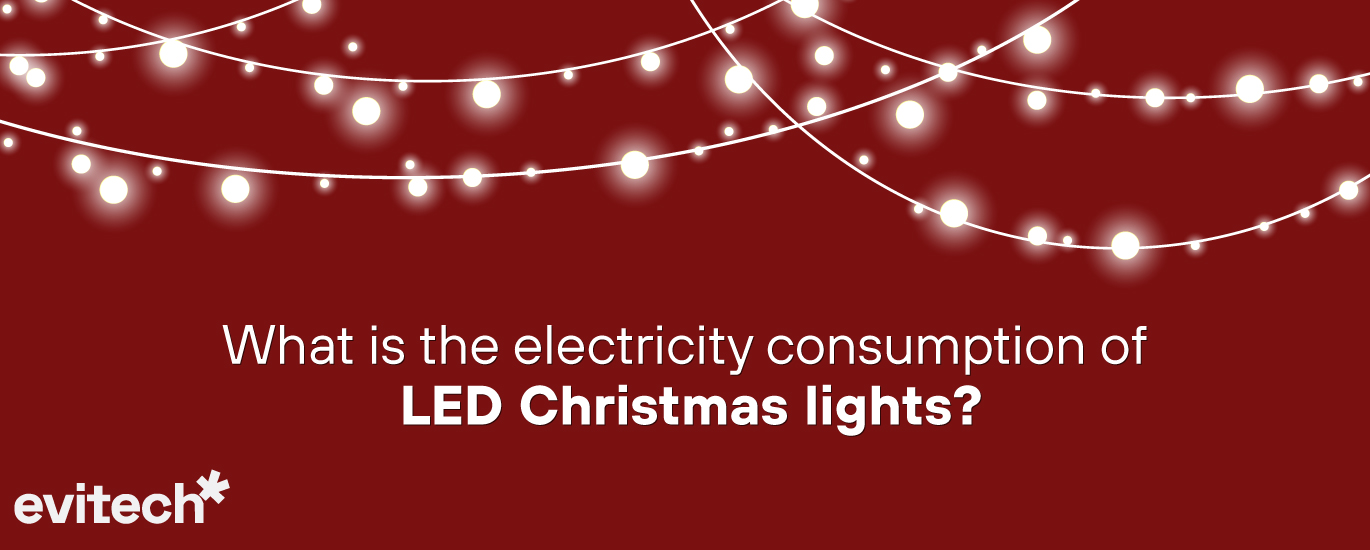What is the electricity consumption of LED Christmas lights?
Christmas lights have become part of the tradition, but you’ve probably wondered how much electricity they use. In many countries, the residential electricity rate is more than 20 cents per kilowatt-hour.
If the electrical consumption of the devices is not controlled, a high bill can be expected at the end of the month.
LED Christmas lights consume 80% more than traditional lights on average and can last up to 20 times longer. The energy savings are considerable, but many light replacements are also saved the following Christmas.
Next, we will estimate the electrical consumption of Christmas lights, considering the two options: traditional incandescent bulbs and LED bulbs.
Consumption of Traditional Christmas Lights
Each residence is unique, and the number of holiday lights and their hours of use will change. For this example, we assume the following:
- Christmas lights are used for two months (60 days).
- They turn on 10 hours each night, resulting in 600 hours of use.
- The house uses 20 sets of 100 lights, so there are 2,000 individual bulbs.
- Each set of lights consumes 40 watts, up to 800 watts.
Only the total watts and the hours of use are multiplied to estimate the energy consumed. In this case, we get 480,000 watt-hours, or 480 kilowatt-hours, when divided by 1,000.
The consumption is converted to kilowatt-hours (kWh) since the electric companies calculate the bill with that unit of measurement.
At a $0.20 per kWh rate, this residence would be spending $96 for the entire holiday season.
It is also worth mentioning that Christmas lights have an average lifespan of 1,000 hours. This equates to 1-2 Christmas seasons only, depending on usage.
Consumption of LED Christmas Lights
The same scenario is assumed with a chance to make a fair comparison. Instead of 40-watt incandescent light sets, 7-watt LED light sets are used.
It is worth mentioning that this is the consumption of the complete set of 100 lights, not the individual consumption of each bulb. Repeating the calculation, the result is as follows:
- Total consumption is reduced from 800 watts to only 140 watts.
- For 600 hours of use in a Christmas season, consumption is reduced from 480 kWh to 84 kWh.
- Ultimately, the cost is reduced from $96.00 to $16.80, representing more than 80% energy savings.
It is also worth mentioning that LEDs have a lifespan of up to 25,000 hours. They won’t need to be replaced for a long time, especially as these are Christmas lights used about 2 months out of the year.
Additional Advantages of LED Christmas Lights
LED Christmas lights also dissipate less heat with lower power consumption, making them less likely to cause a fire. The risk of overheating electrical wiring or tripping breakers is also reduced.
LED Christmas lights also have an aesthetic advantage. There are LEDs capable of producing different light colours, while incandescent lights have a fixed colour.
In the case of Christmas decorations, this allows greater creativity in using lights.
Latest Post
- Why do LED Spotlights Burn?
- What is the electricity consumption of LED Christmas lights?
- What are LED lighting towers, and What are their Applications?
- Using Natural Light in LED Lighting Designs
- Use of LED Lights in Domestic Houses
- Three Ways to Apply LED Light in Buildings
- Savings in Air Conditioning with LED Lighting
- Replacement of Halogen Spotlights by LED
- Recommendations when Buying LED Lights for Cars
- LED Lighting Connected to the Internet: A Promising Technology


